Enzymes are biological catalysts that accelerate chemical reactions in various industries. Their commercial use spans a wide range of applications due to their efficiency, specificity, and environmentally friendly nature. Here’s an overview of how enzymes are utilized in different sectors:
1. Food and Beverage Industry
- Amylases: Break down starch into sugars during the production of bread, beer, and other baked goods.

- Proteases: Used in cheese-making to break down proteins in milk, and in meat tenderizing.
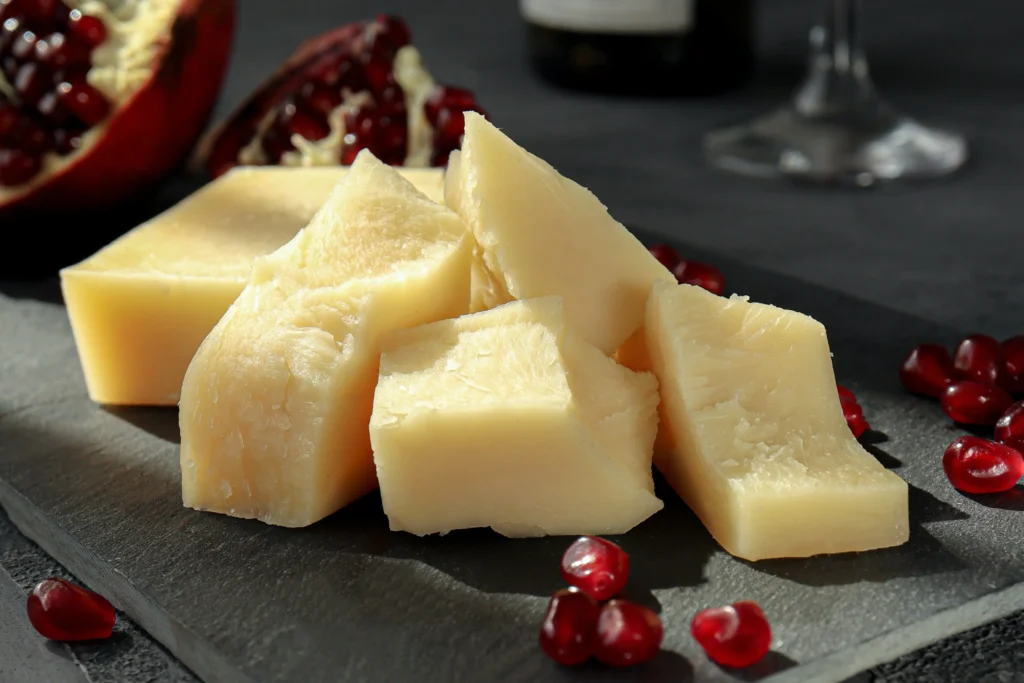
- Lactase: Breaks down lactose in milk, allowing for the production of lactose-free dairy products.
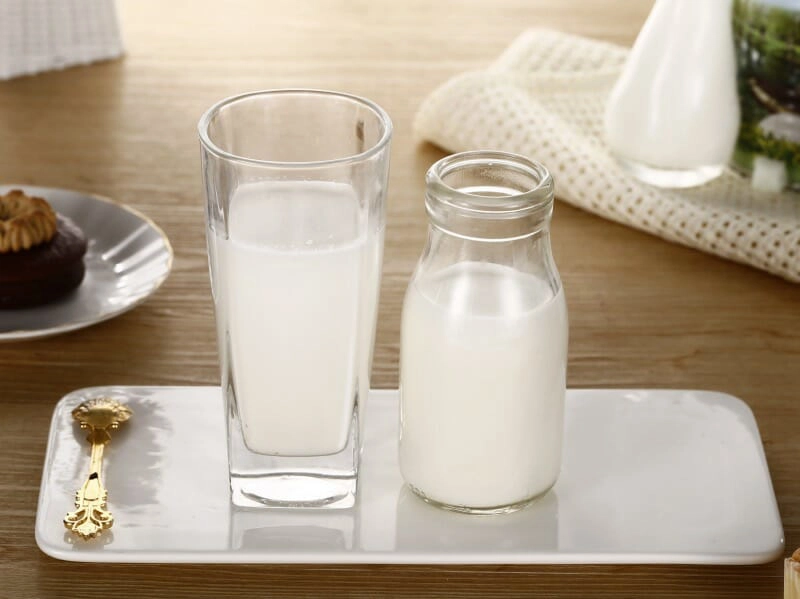
- Pectinase: Clarifies fruit juices by breaking down pectin, a substance found in fruit cell walls.

2. Detergent Industry
- Proteases, Lipases, and Amylases: Added to laundry detergents to break down protein, fat, and carbohydrate stains, making them more effective at lower temperatures.
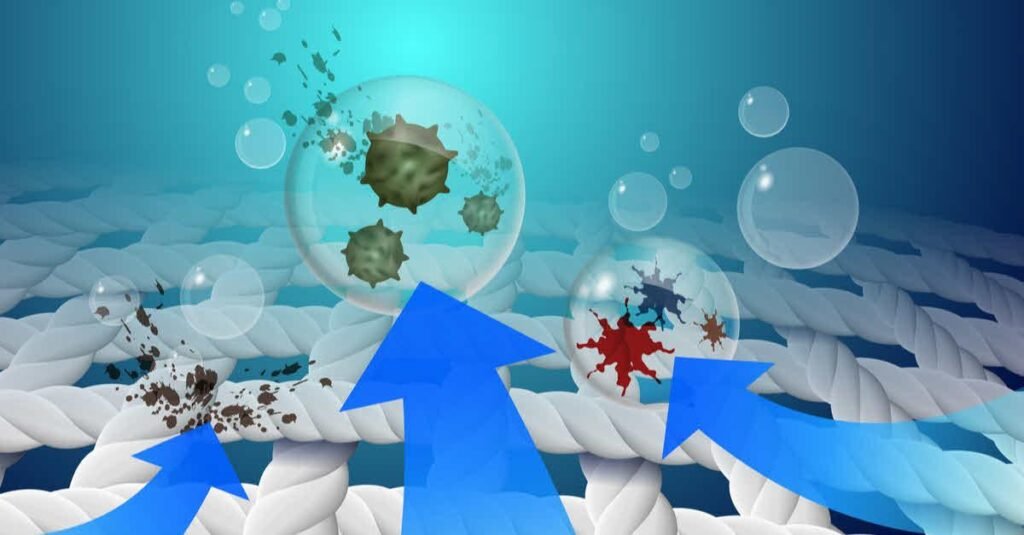
3. Textile Industry
- Cellulases: Used in the biopolishing of fabrics, which removes microfibrils from cotton to give a smoother texture.
- Amylases: Remove starch from fabrics after weaving.
- Catalases: Break down hydrogen peroxide, used in the bleaching process, into water and oxygen, reducing chemical use and waste.

4. Biofuel Production
- Cellulases and Hemicellulases: Convert plant biomass into fermentable sugars, which are then used to produce ethanol and other biofuels.
- Lipases: Used in the transesterification process to produce biodiesel from vegetable oils and animal fats.

5. Pharmaceutical Industry
- Proteases: Employed in the manufacture of peptide drugs and in digestive aid products.
- Asparaginase: Used in cancer treatment, particularly for leukemia, by breaking down asparagine, which cancer cells require for growth.
- Penicillinase: Degrades penicillin, helping to study penicillin-resistant bacteria.

6. Paper and Pulp Industry
- Xylanases: Used in the bleaching process to reduce the amount of chlorine required, making the process more environmentally friendly.
- Lipases: Help in the removal of pitch (sticky substances from wood) during paper production.
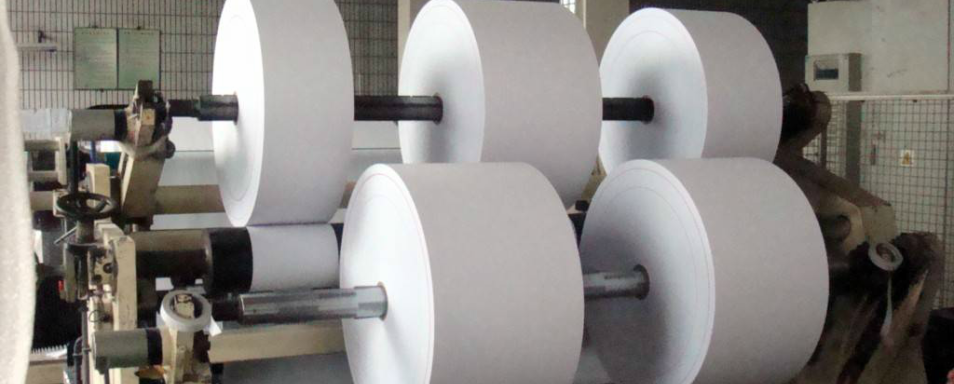
7. Agriculture
- Phytases: Added to animal feed to break down phytic acid, which improves phosphorus availability to animals and reduces environmental phosphorus pollution.
- Laccases: Used in crop protection products for the degradation of environmental pollutants and lignin in plant cell walls.
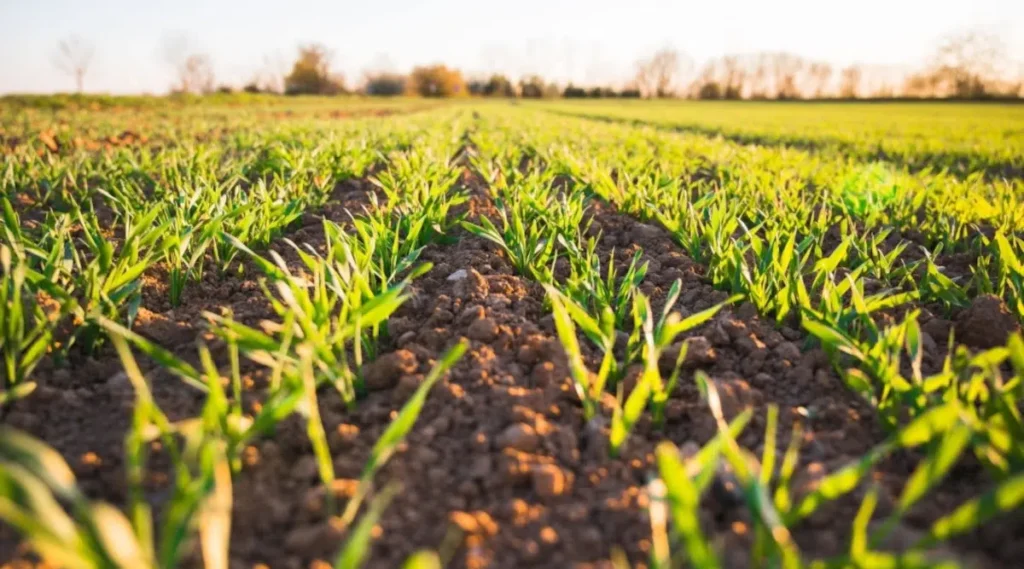
8. Bioremediation
- Dehalogenases: Used to break down halogenated organic compounds, which are common environmental pollutants.
- Ureases: Help in the cleanup of urea and ammonia in wastewater treatment.

9. Cosmetics Industry
- Proteases and Lipases: Used in exfoliating products to break down dead skin cells and excess sebum.
- Hyaluronidase: Used in anti-aging products to degrade hyaluronic acid, promoting skin renewal and hydration.

10. Molecular Biology and Biotechnology
- Restriction Enzymes: Cut DNA at specific sequences, essential for gene cloning and DNA analysis.
- DNA Polymerases: Used in PCR (Polymerase Chain Reaction) to amplify DNA sequences for research and diagnostic purposes.
- Ligases: Join DNA fragments together, crucial in genetic engineering.
Enzymes offer a sustainable alternative to traditional chemical processes, reducing energy consumption, waste, and the use of harsh chemicals across various industries.